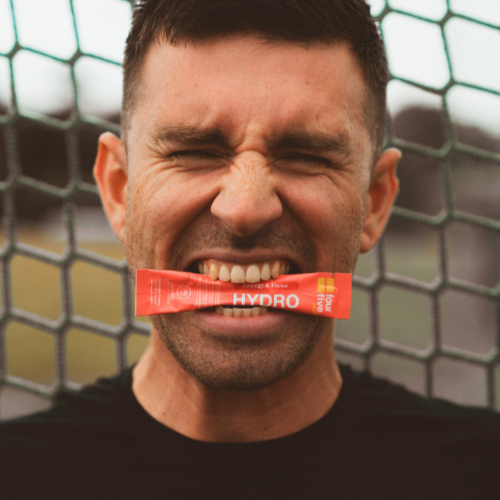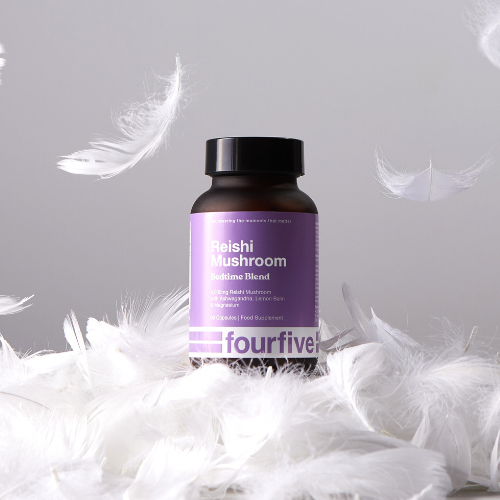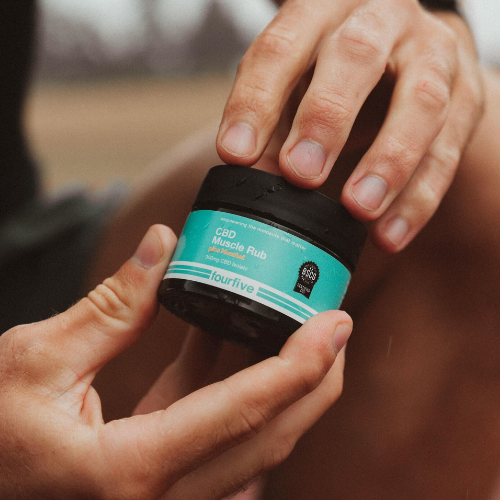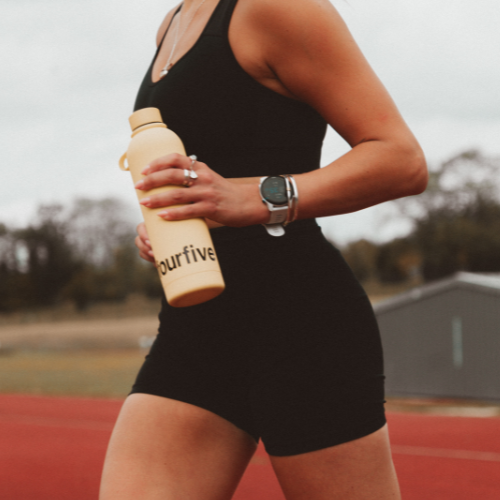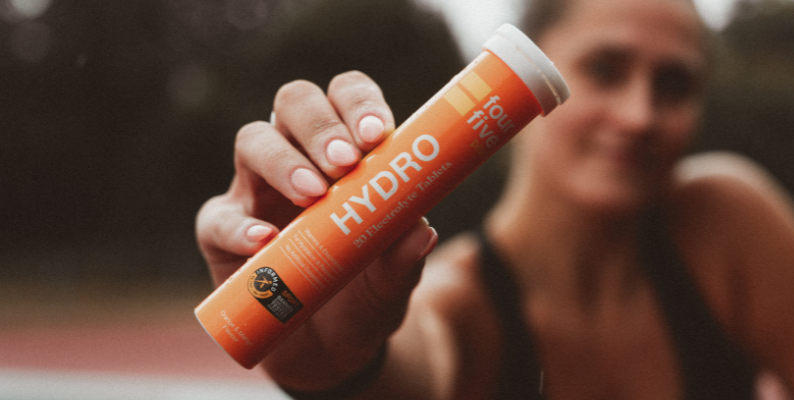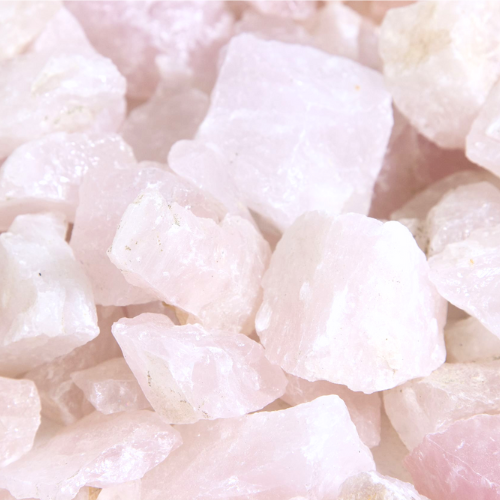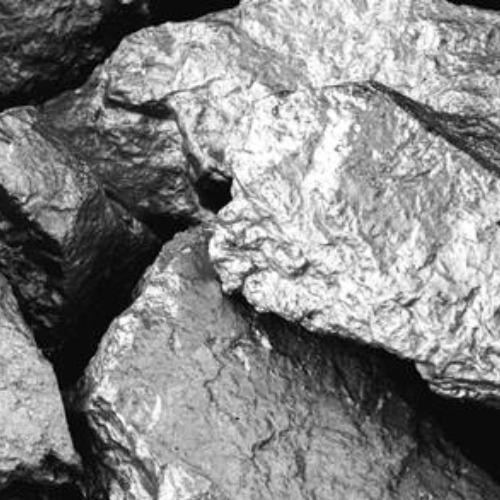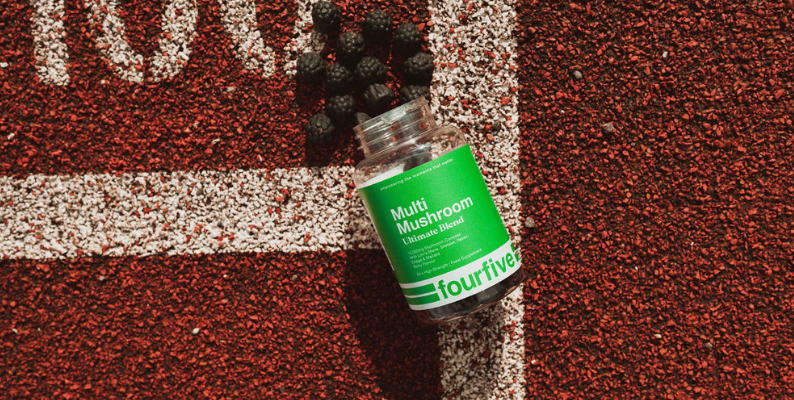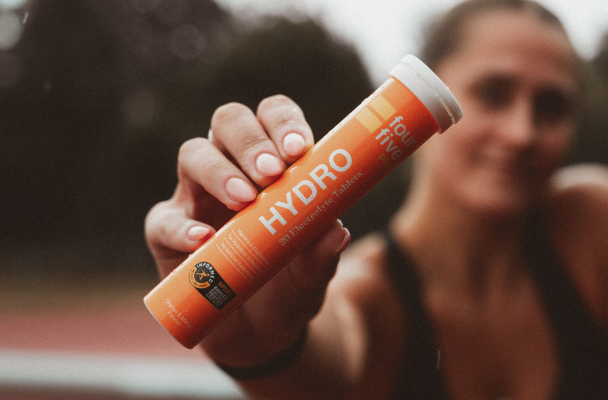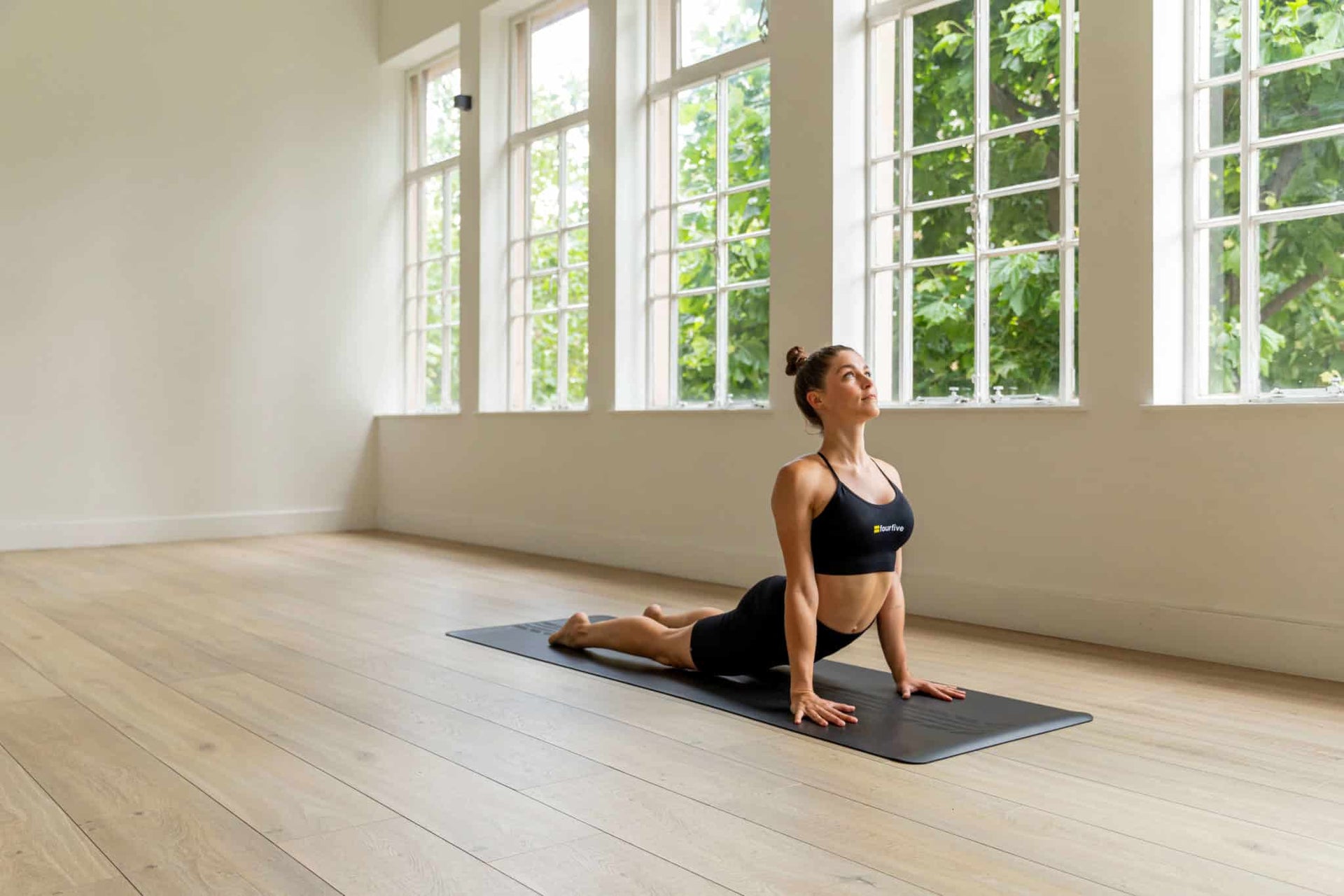While many of us want to curl up under a blanket and stay that way until our period is over, research shows that working out during your cycle can actually release endorphins that can help alleviate symptoms like cramps.
It’s no wonder women are yet to fully understand the connection between periods and exercise when the discussion around the effects of the menstrual cycle on exercise routines has remained fairly silent.
In this blog we delve into the relationship between the menstrual cycle and exercise, answering questions such as “does the menstrual cycle impact exercise performance?” or “does exercise help with period cramps?” Whilst also exploring exciting new technology available to support you through your menstrual cycle.
We’ve spoken to gynaecologist Dr Nithya Ratnavelu about the key factors to be aware of during your cycle and how to align it to your fitness regime.
Speaking from experience, Dr Ratnavelu said, “I’m a marathon runner. I know sometimes that I’ll go out and I’ll just have a really bad day, or sometimes I don’t want to put my trainers on. I think it’s important to recognise where you are your cycle and to marry that with your training”
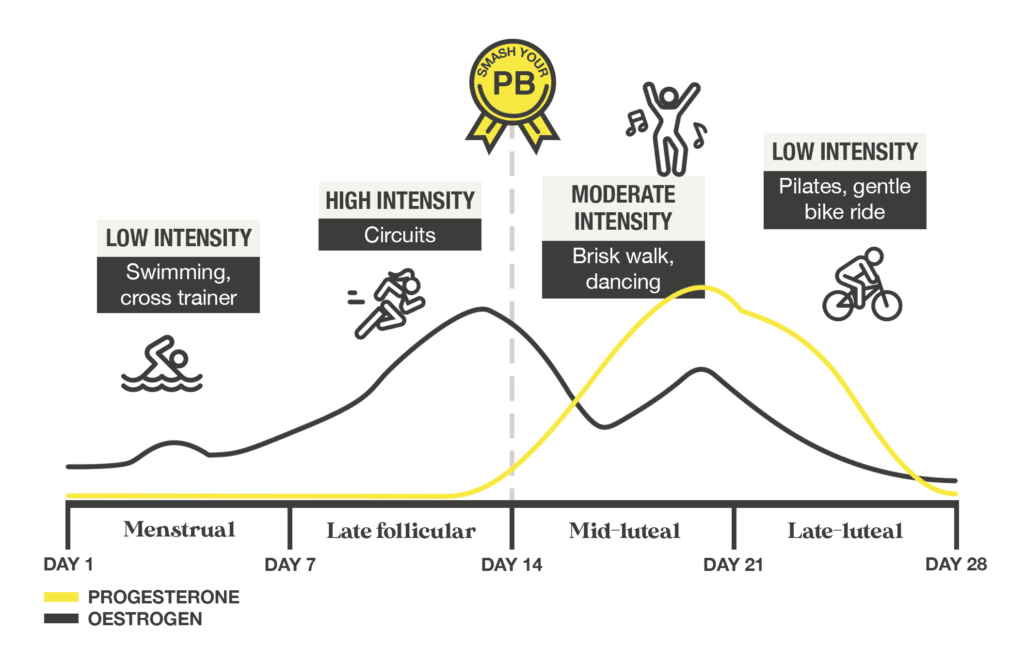
So, in order to maximise your exercise routine throughout the month, we’re looking at the different stages in the cycle and how to plan your exercise around the hormonal changes at each stage:
1. Menstruation (Days 1-7)
The first stage of the cycle sees many women feeling low in energy, craving carbohydrates and suffering from cramps and lower back pain. During this time carbs are the best source of fuel to power your workout. This is because during the whole follicular phase (days 1-13) your body’s better at metabolising carbs and using them for the vital energy needed to keep you going throughout any physical activities.
Because of the slump in energy during menstruation, low intensity aerobic exercises such as yoga, light cardio, strength training and swimming tend to be easier on the body. During your period, any exercise you can manage is beneficial as it increases endorphins which help to block pain receptors, reducing those nasty symptoms such as cramps.
Dr. Ratnavelu also added that as well as increasing endorphins, “Regular exercise also reduces the amount of prostaglandin in the lining of your womb which is responsible for inflammation and uterine muscle cramps.”
fourfive ambassador Charlotte Holmes, Head of Yoga at Virgin Active, told us about the benefits of yoga during your period, “The aim of the practice is connection; with yourself; your breath, your emotions and your feelings. When you reconnect to these things you allow yourself to make more informed choices about your physical body and abilities, both on and off your yoga mat; I would argue that this isn’t just beneficial whilst on your period, but in life in general.”
2. Late Follicular (Days 7-13)
Unlike days 1-7, you’ll probably feel more energised in the late follicular stage. This is because oestrogen levels have increased which helps to boost mood and raise energy levels, so you may be more keen to hit the gym or head out for a run during these days.
During this stage high intensity workouts and strength training allow the body to build muscle mass and burn fat rather than carbs. However, you should take care during your workouts as the rise in oestrogen levels can make ligaments more lax which may increase your chance of injury.
Dr Ratnavelu adds, “You might feel more energised pretty much as soon as your period ends. There is a rise and peak in the middle of the cycle and then again in the second half of the cycle, so you’ll feel quite strong. This is an ideal time to do strength training or high intensity activity. Aim for your personal best at this time!”
3. Ovulation (Day 14)
The ovulation period brings with it a surge in testosterone which helps with the growth, maintenance and repair of muscles and bone mass. This is the perfect time to build your muscles during your workout routine.
Like the late follicular stage, this is a great opportunity to hit the weights or opt for a spinning class and get your heart pumping. The boost in testosterone will ultimately help your performance so this is the time to push yourself.
4. Mid-luteal (Days 20-23)
The mid-luteal stage is when many of us feel fatigued, this is because progesterone levels in the body are at their highest. Progesterone leaves the body feeling tired, quicker to exhaust and likely to overheat.
According to Dr. Ratnevanu, intense exercising can be less efficient than usual as the body is warmer, “specifically with running you can heat up quite quickly when your progesterone levels are high, making you feel hot.
“Even a one degree rise in your body temperature means that when you’re running or doing some sort of cardio which makes your temperature rise, you’re going to reach that threshold of exhaustion a lot sooner.”
During this point in the menstrual cycle it’s best to stick to moderate intensity such as aerobic exercises including a brisk walk, dancing, or gentle strength training exercises like pilates.
fourfive ambassador and fitness trainer Jenny Francis often finds herself struggling in certain stages of her cycle, “I can go to do a regular workout and just find it way harder and I think, what’s wrong with me, why am I finding this so hard today. Then I check my cycle and I realise I’m in THAT stage of my cycle. It makes me just cut myself some slack, encourages me to choose lighter workouts and just do what i can.”
5. Late-luteal (Days 24-28)
The late luteal part of the menstrual cycle, otherwise known as premenstrual, brings an increased metabolism that leads to craving carbs. Enjoy low intensity workouts and gentle stretching like yoga. At this point you want to avoid endurance activities as they’re also increasing your metabolic rate, which just adds to your already increased metabolism.
If low intensity workouts aren’t for you, make sure that you’re fueling any rigorous activity with nutritious slow release carbs as Dr Ratnevanu explains: “Particularly in the premenstrual phase you need to match your calorie and carb intake with what you’re doing, otherwise you’re going to feel really depleted and it will really take it out of you.”
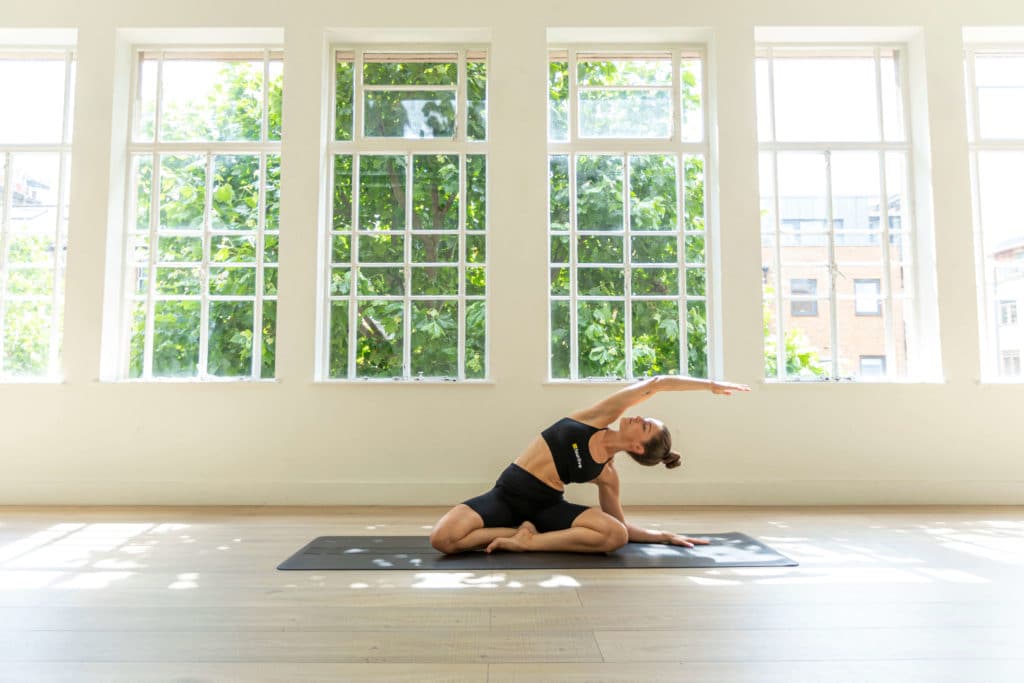
Nutrition During Your Menstrual Cycle
The follicular phase includes your actual period bleed all the way up to ovulation in the first half of your cycle. After this, in the luteal phase of the menstrual cycle, research shows that women rely less on carbohydrates for fuel during moderate-intensity endurance exercise.
In the luteal phase, you burn more fat for fuel and increase the use and breakdown of protein, which also comes with an increased metabolic rate. The body is smart, and to account for this change in fuel needs, you are likely to experience increased hunger, cravings and food intake, particularly in the late luteal phase just before your period bleed.
Of course, every woman’s cycle needs are unique and fueling depends on exercise intensity, performance goals (e.g. weight loss or strength training) and hormonal fluctuations across your cycle. Plus just because you might feel hungrier before your period doesn’t mean you should reach for sugary foods!
Nutrition Tips to Follow During Your Period
- Follicular Phase (Days 1-13)
Menstruation (early follicular phase) is an inflammatory process, so during this time you might be more vulnerable to infection, feel a bit achier or less energised and take longer to recover. Make sure you’re getting enough rest (now is not the time to push the training schedule), adequate sleep (CBD oil before bed may help to support quality sleep), hydration and good nutrition.This is the time to amp up your colourful fruit and veg, and omega 3 essential fatty acids from flaxseed oil, oily fish and nuts, and take an omega 3 oil supplement to keep topped up with this vital fat.
- Luteal Phase (Days 14-28)
Due to increased energy expenditure during this time and your body’s preference for fat over carbohydrates for fuel, ensure you’re including plenty of healthy fat sources in your diet such as avocado, almond butter, nuts and seeds, and at least one portion of oily fish per week. Flaxseed oil is also packed full of nutrients and anti-inflammatory essential fatty acids ideal for throughout your cycle – just don’t cook with this oil, use it cold-pressed in salad dressings and over veg.
There is also increased metabolism of amino acids (protein) during this cycle phase, so increasing quality protein intake will help account for this while supporting strength adaptations and recovery. Protein is also satiating (i.e. helps to fill you up) and can help with increased hunger and cravings that you may experience in the late luteal phase just before your period. So, include lots of high-protein foods into your diet like fish, lean meats, beans, pulses, eggs and tofu.
While your body may rely less on carbohydrates for fuel during this time, they’re still extremely important in the diet and will further support your training and recovery regardless of the phase of your menstrual cycle. Opting for complex carbohydrates (whole grains, pulses, beans, lentils and vegetables) over foods high in sugar (such as cakes, sweets, chocolate, ice cream) may help control carbohydrate cravings and support mood and energy levels by stabilising your blood glucose levels.
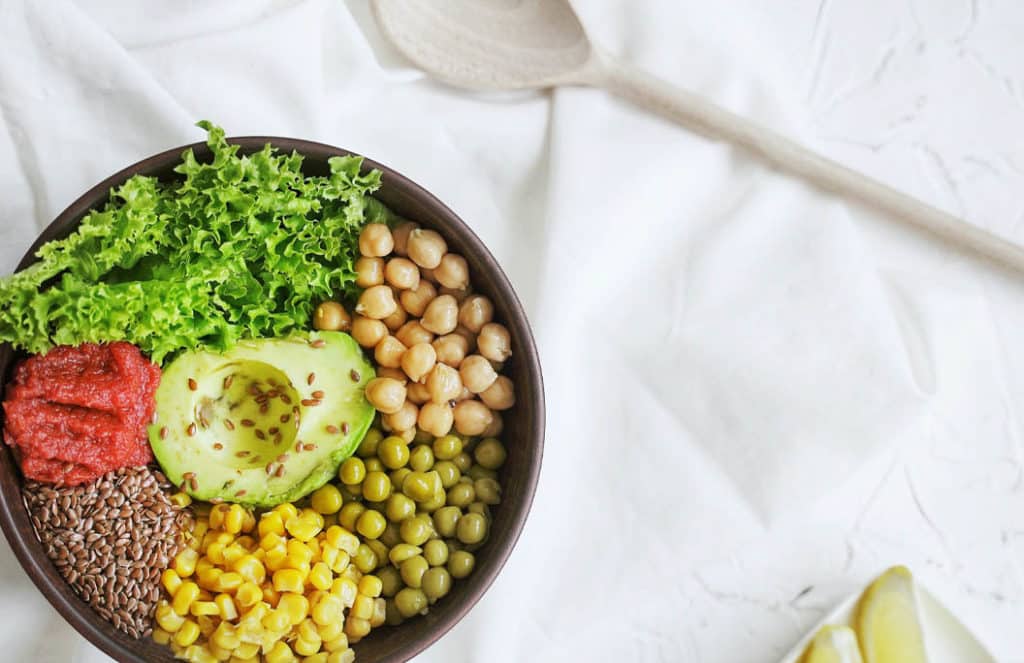
Supplements and CBD For Your Period
Magnesium is a really important nutrient for muscle function and sleep aid. It supports a positive and calm mood, as well as helps energy and hormone production in the body. Using an organic magnesium form, like magnesium citrate, alongside B vitamins, zinc, iron and other important nutrients found in a female multi supplement will help you throughout your cycle.
CBD has been shown to support muscle recovery, as well as reduce inflammation and support sleep so can be a useful all-around supplement to support you throughout your cycle and to optimise your training. Menstrual cramps are down to increased pro-inflammatory chemicals being released by the uterus as it sheds during your bleed, so using CBD may help to reduce this inflammation.
To get the best personal regime you could start by tracking your dietary habits across your cycle, a simple food diary in combination with a cycle tracker app, noting things like nutrient intake, cravings, hunger levels, and energy levels during your bleed, follicular, ovulation and luteal phases.
Also, track your training, sleep, and recovery via a smartwatch/app. As you collect more data and gain insight into how your body changes and responds across your menstrual cycle over the months, you will be able to make more informed nutrition and training decisions unique to you. Or consult a qualified sports nutritionist to help.
New Technology is Changing The Game
New technology is now helping women align their menstrual cycle with their fitness routines. From apps to home testing kits, these new ways of monitoring are a game changer for women looking to sync their physical performance and cycle.
In 2017 FitrWoman developed the world’s first app to give daily training and nutrition advice tailored to a person’s changing hormones throughout their cycle. FitrWoman also run FitrCoach which is designed to support athletes in particular, helping to optimise performance.
MintDiagnostics partnered with the English Institute of Sports (EIS) to develop Hormonix in 2021. The service offers regular monitoring of hormone levels combined with data analytics to optimise human performance. It works by taking saliva samples and sending them to the Hormonix labs, receiving the results on a regular basis. Suitable for athletes, this service is used by individuals or even whole teams.
The Experience of fourfive Customers
We asked our customers about their awareness of the connection between exercise and their menstrual cycles.
Our research found that many women still don’t feel well informed when it comes to the impact of periods on their exercise capabilities. Not only do they feel uninformed, the response around avoiding exercise because of a period was staggeringly high.
No matter your workout routine, being more aware of the impact your menstrual cycle can have on performance is crucial to maintaining balance. By allowing yourself to recognise and respond to the body’s cues on energy levels, metabolism and even mood, you can optimise your performance, whatever the sport!

